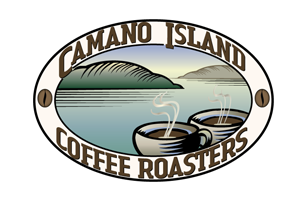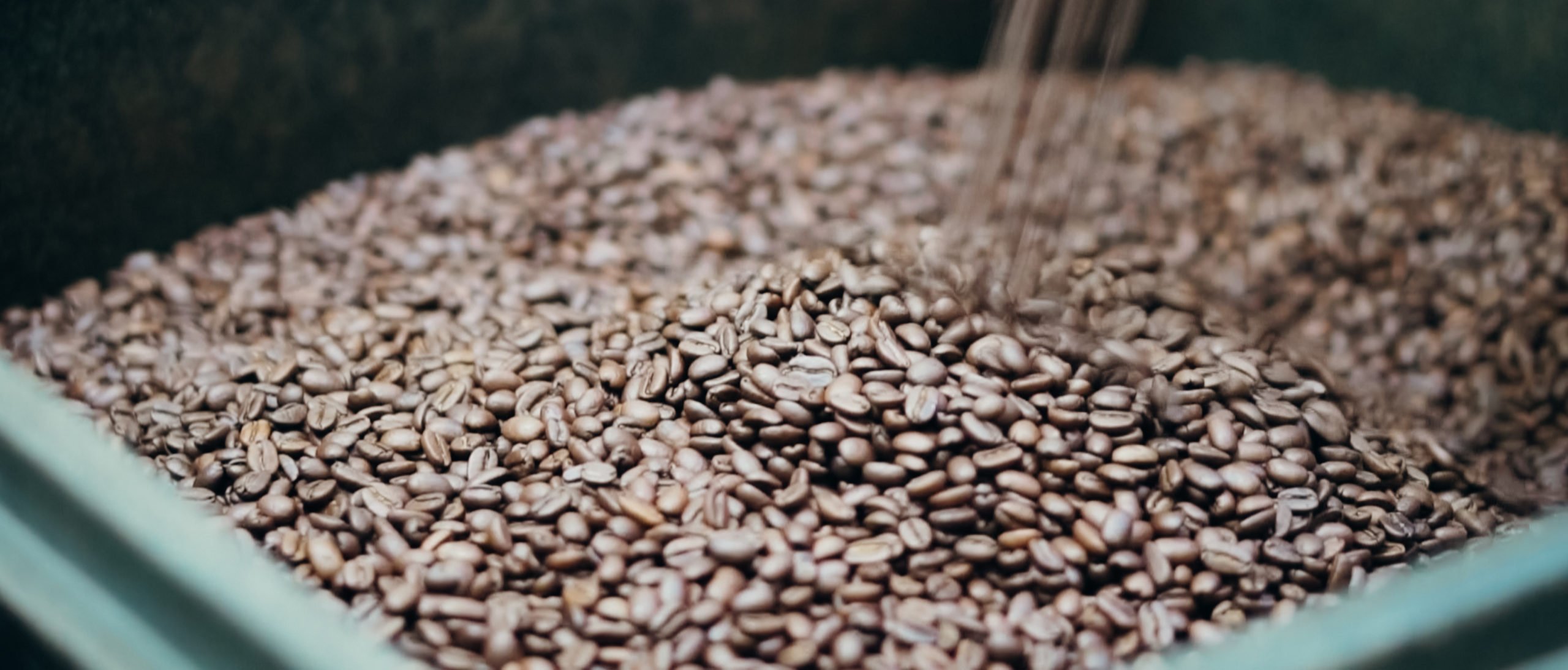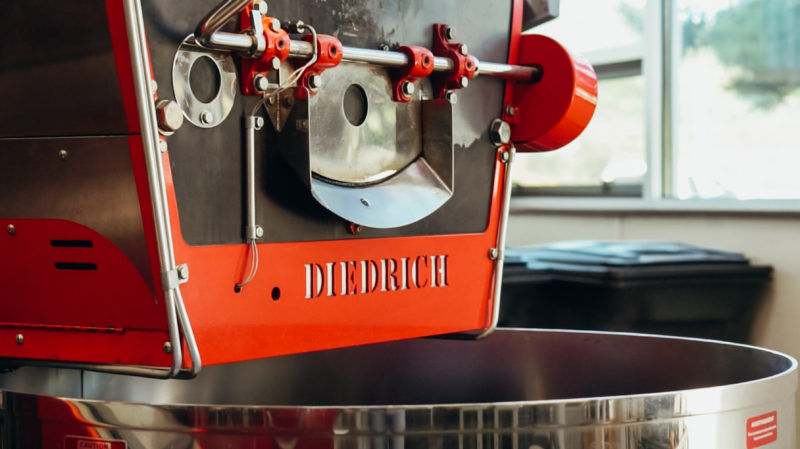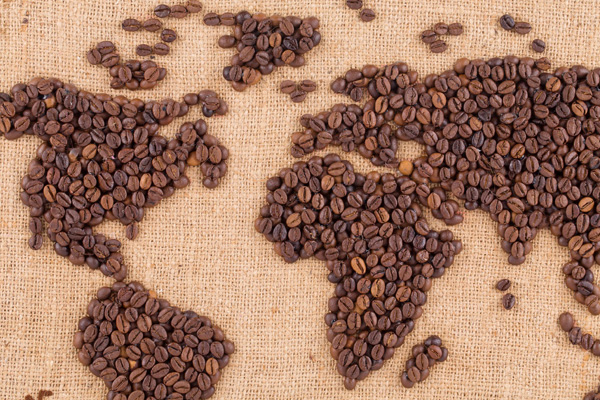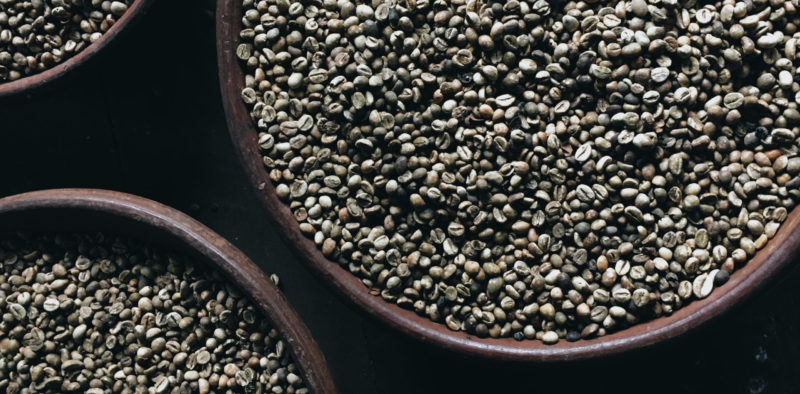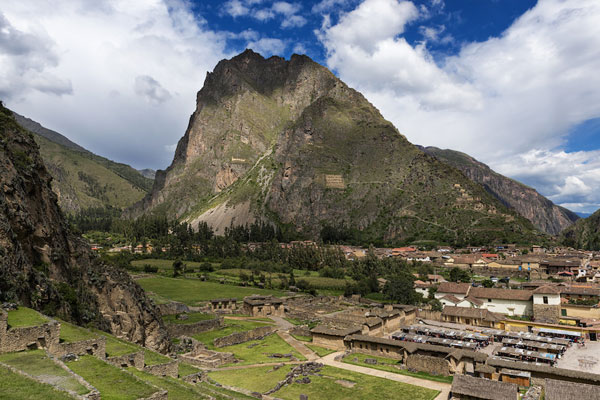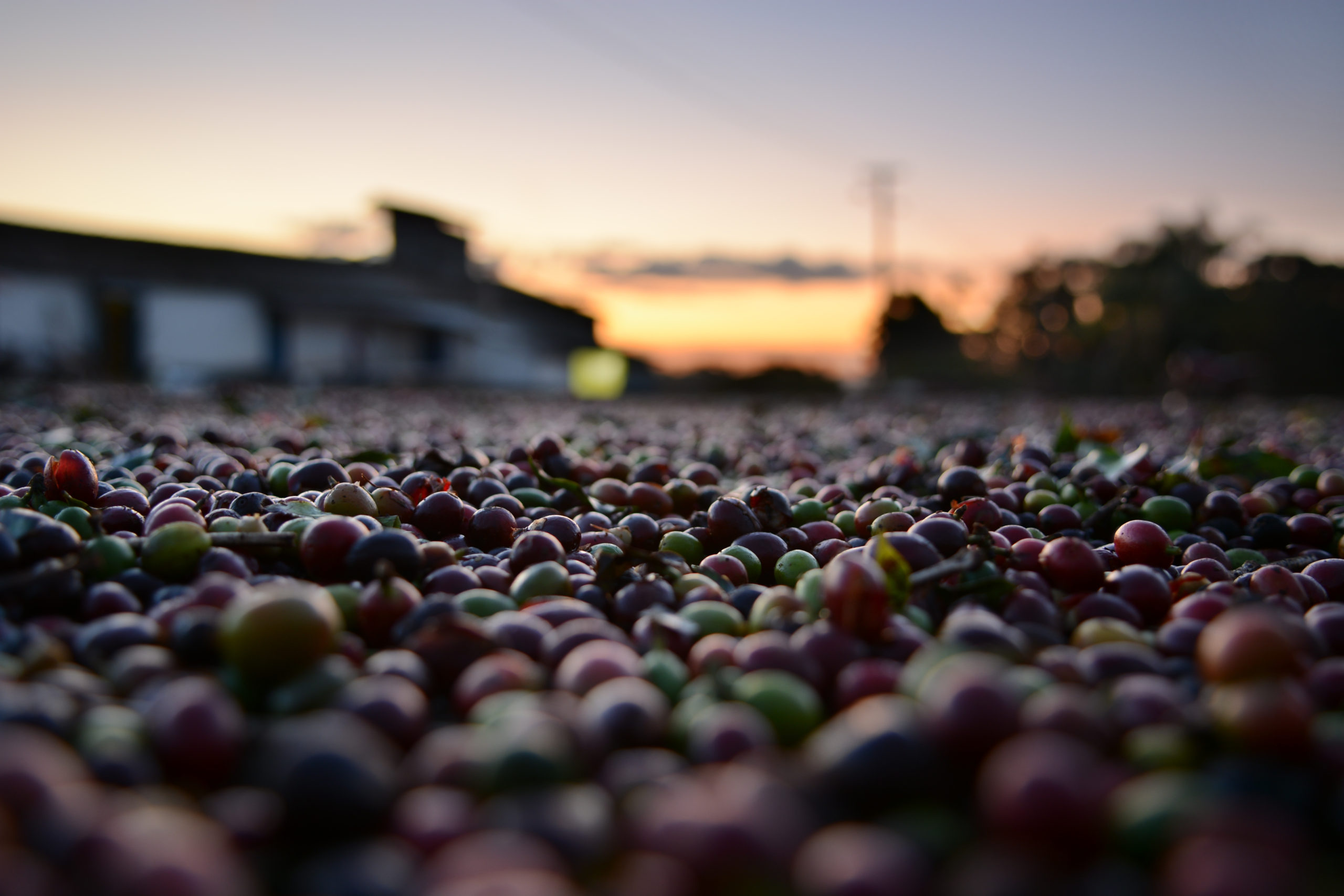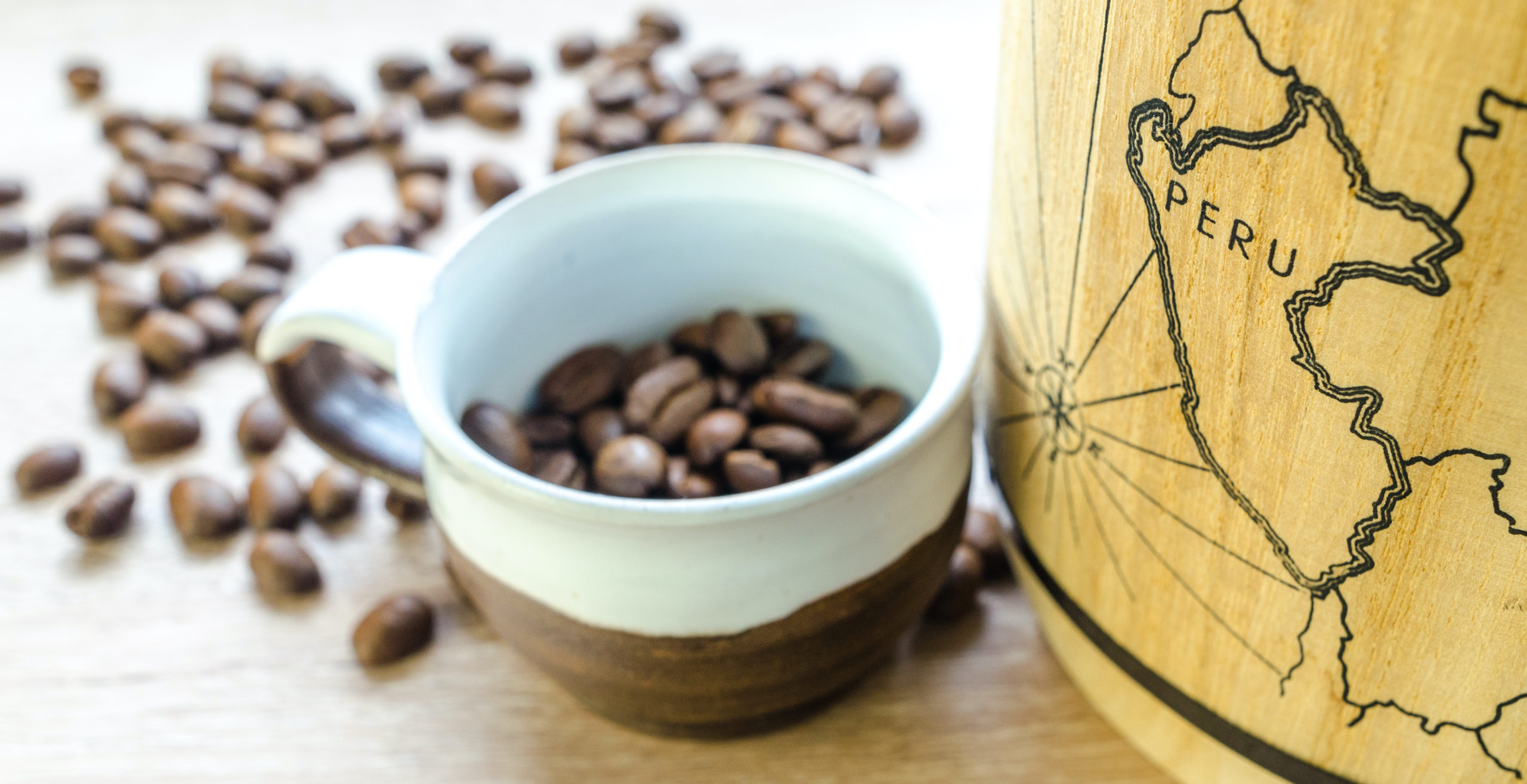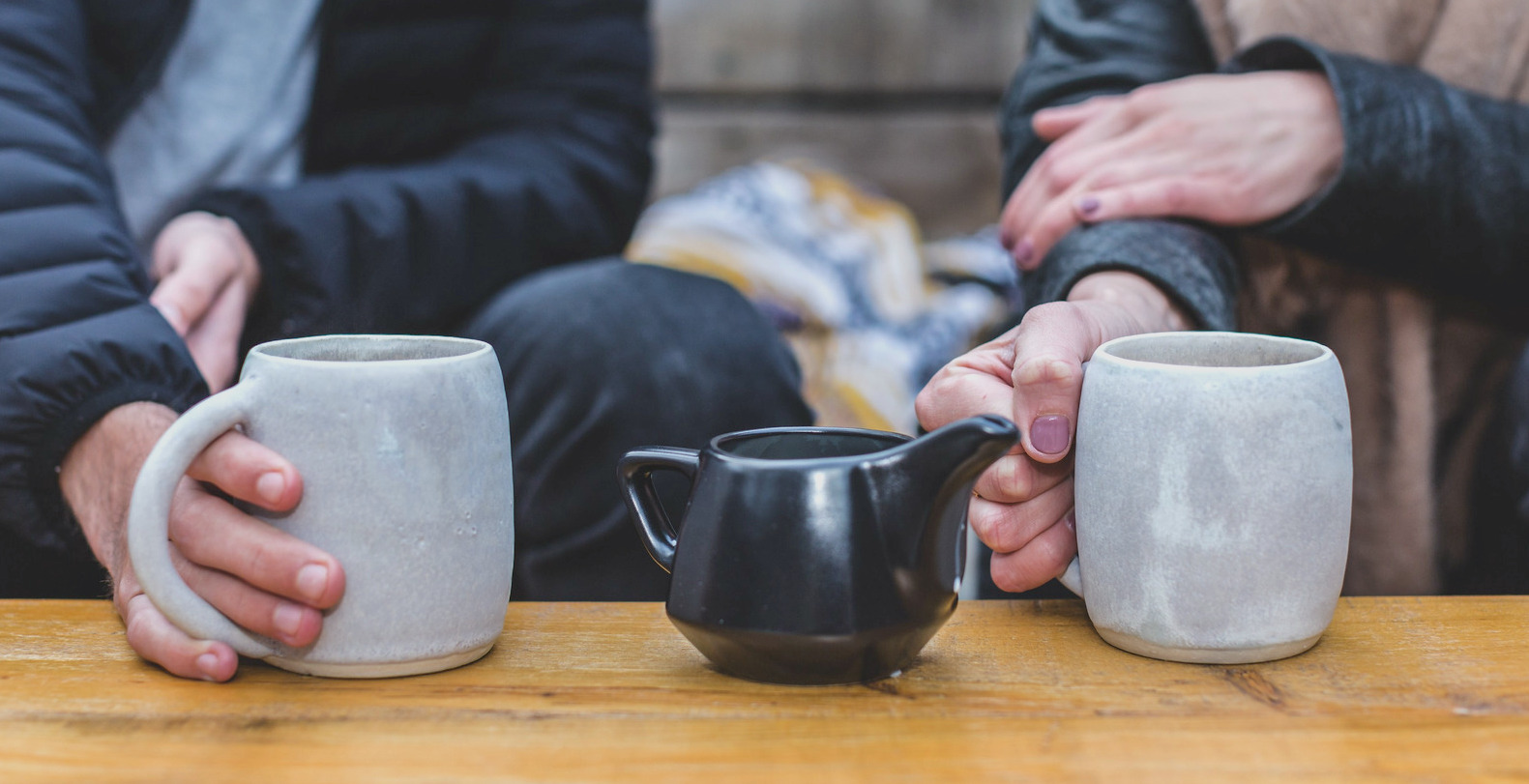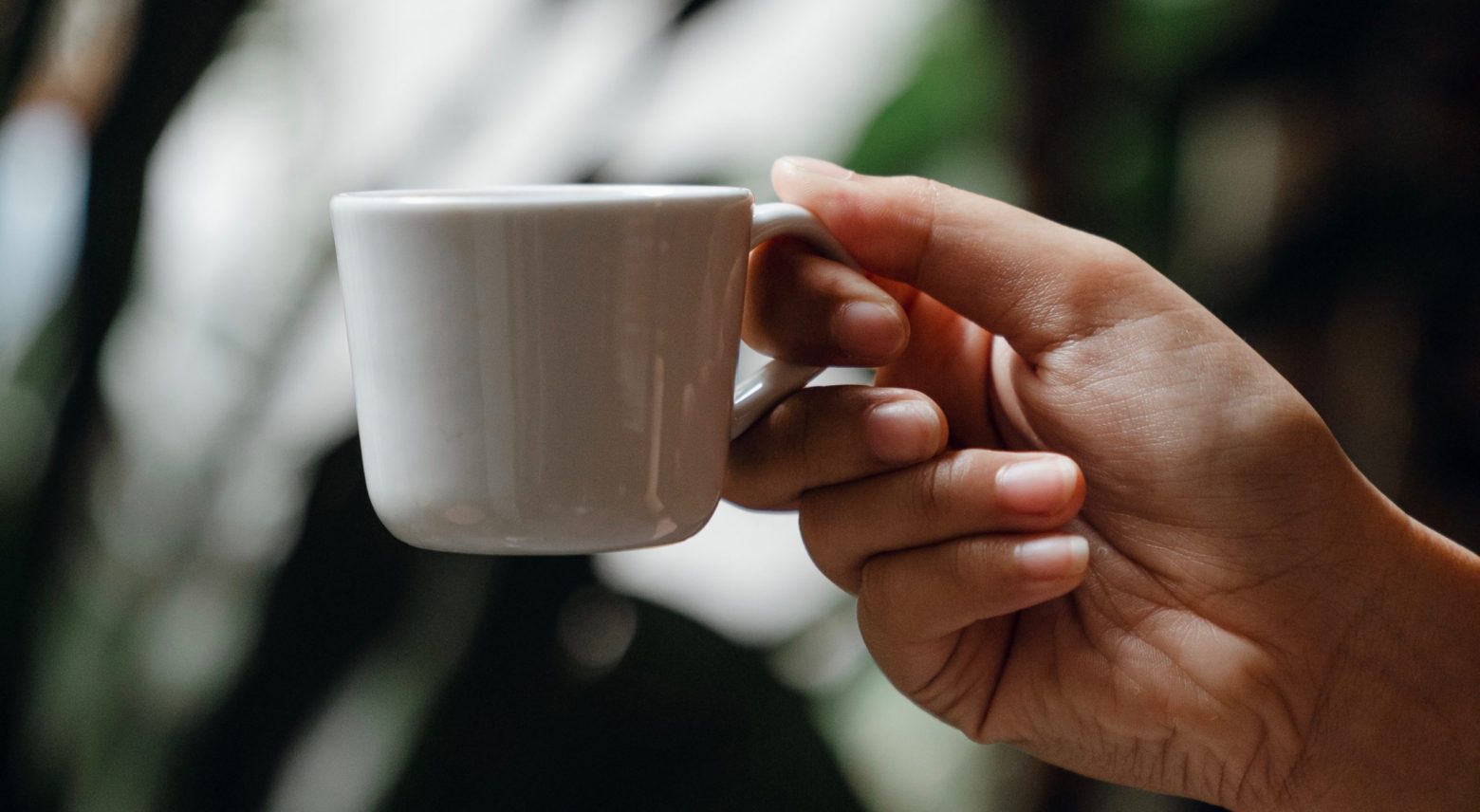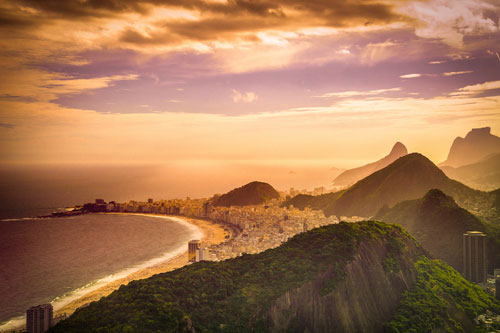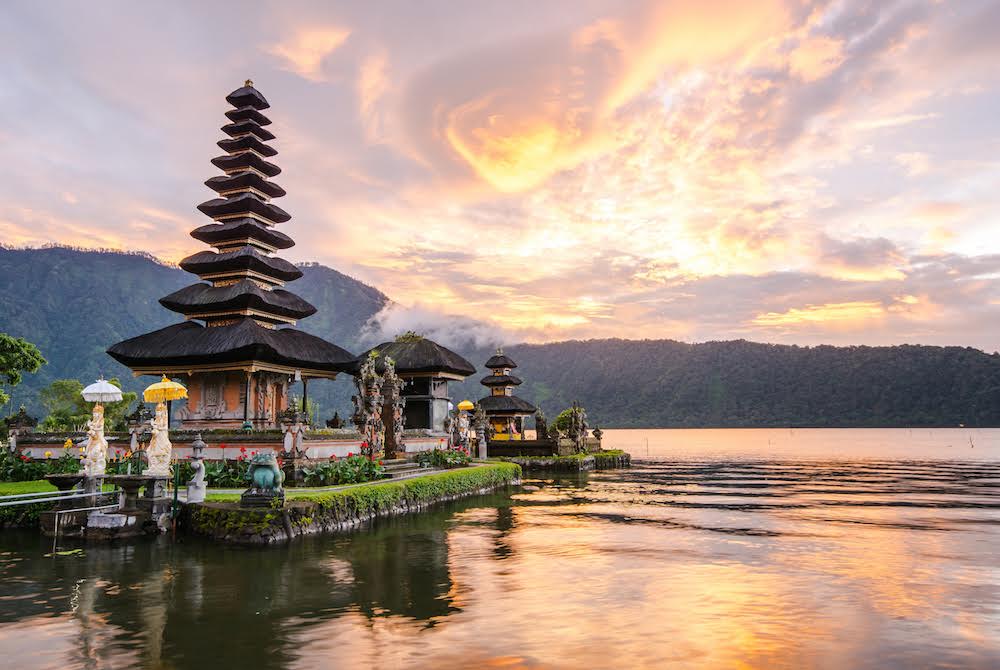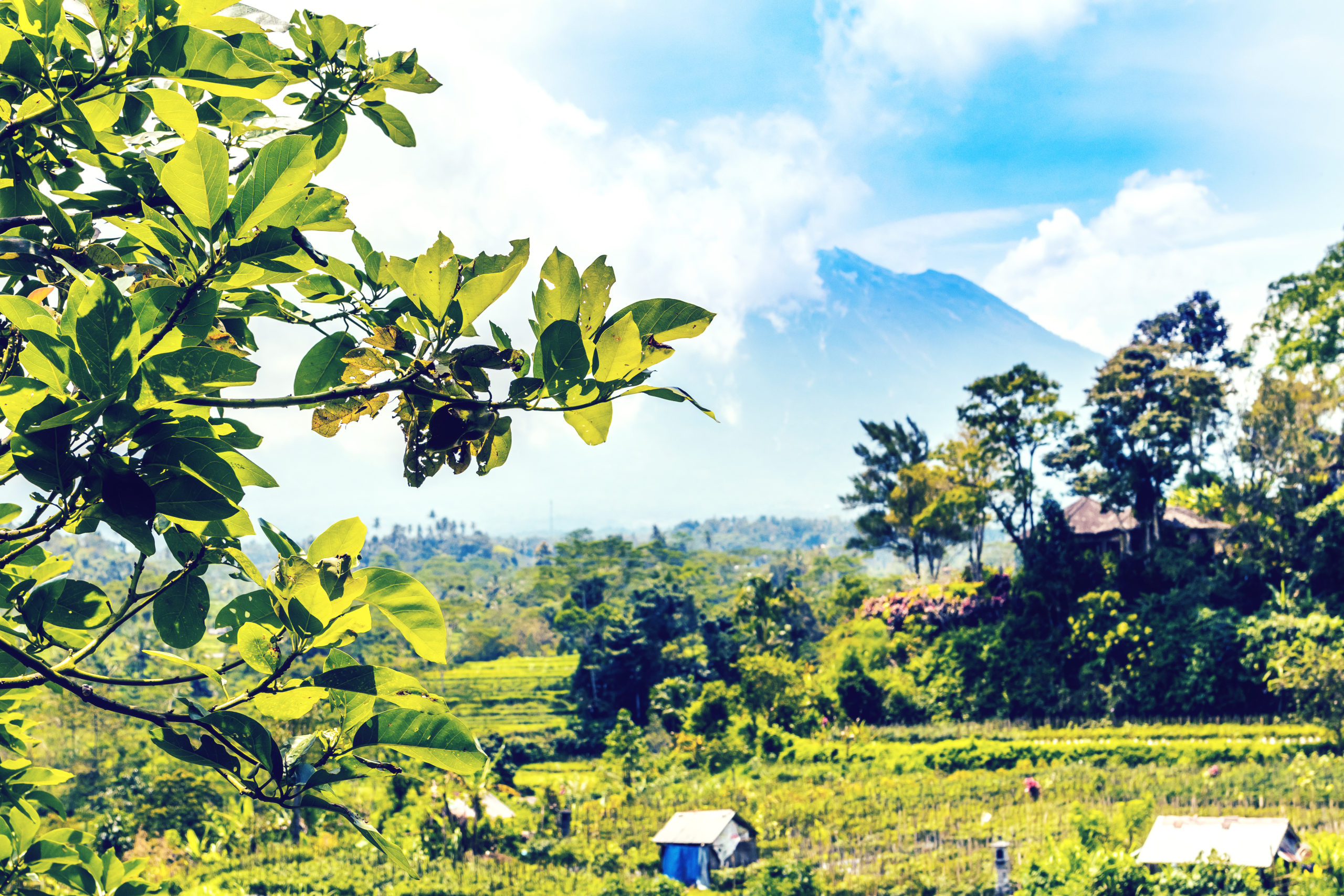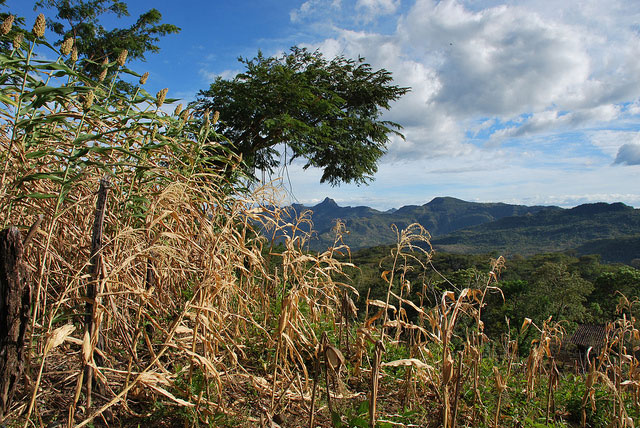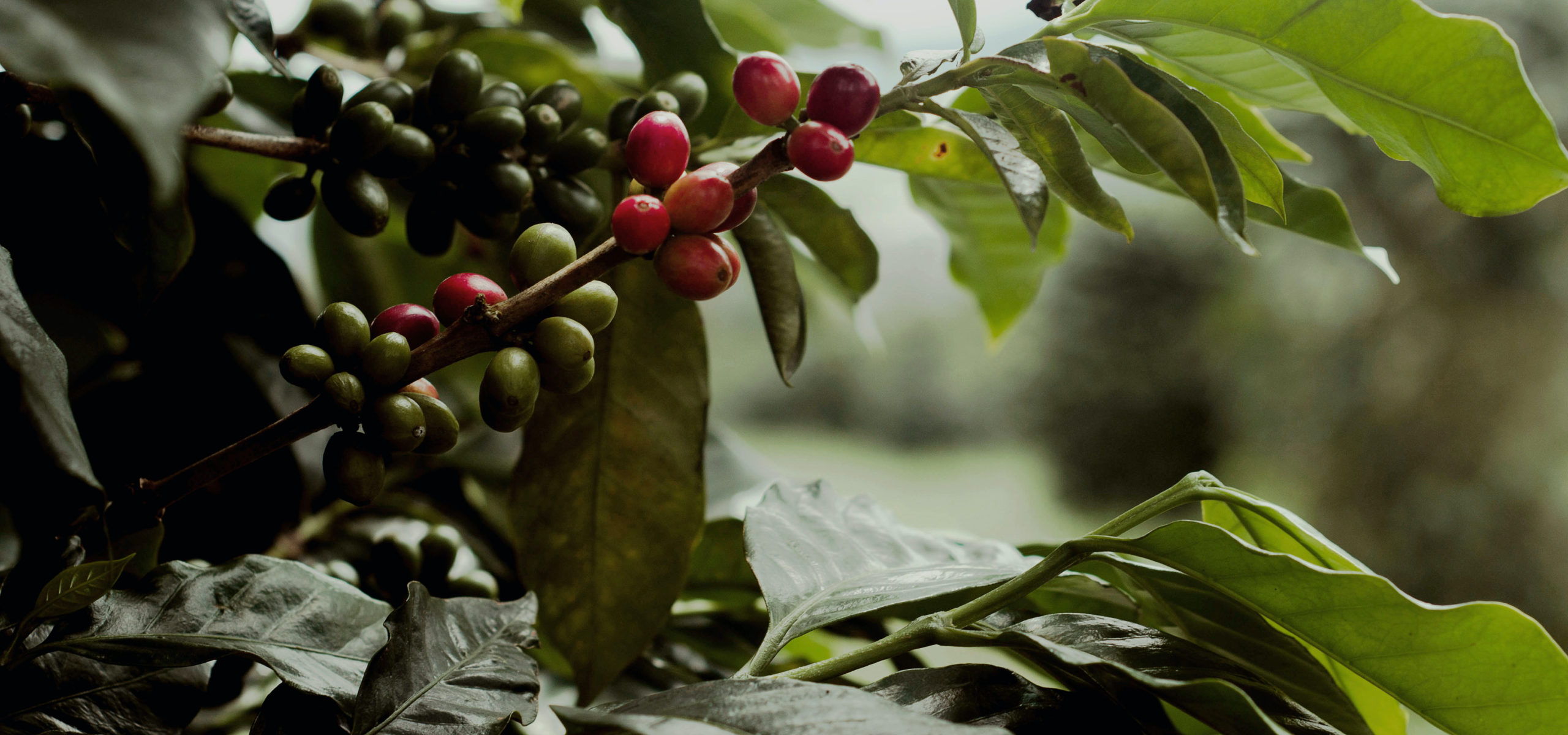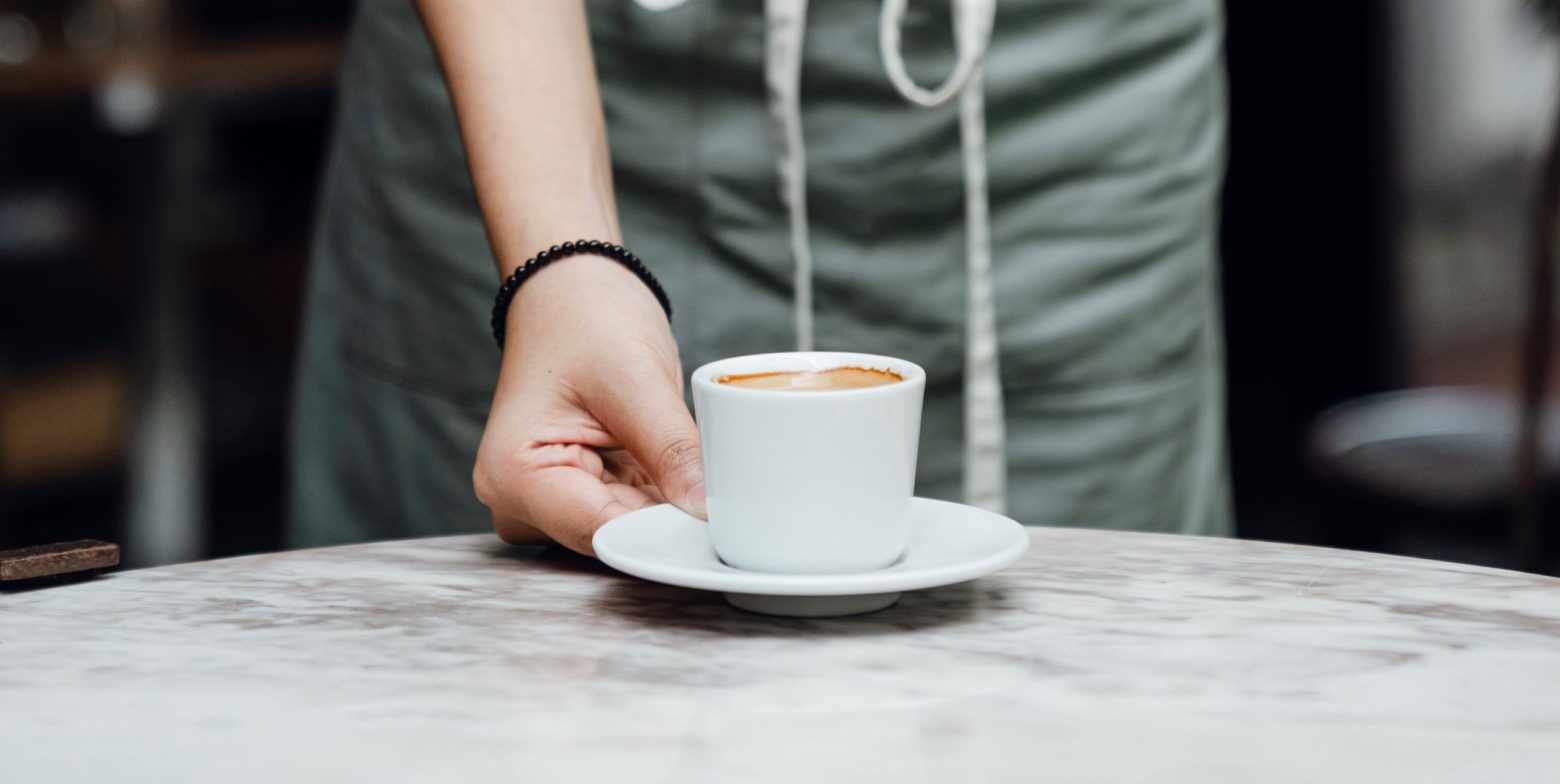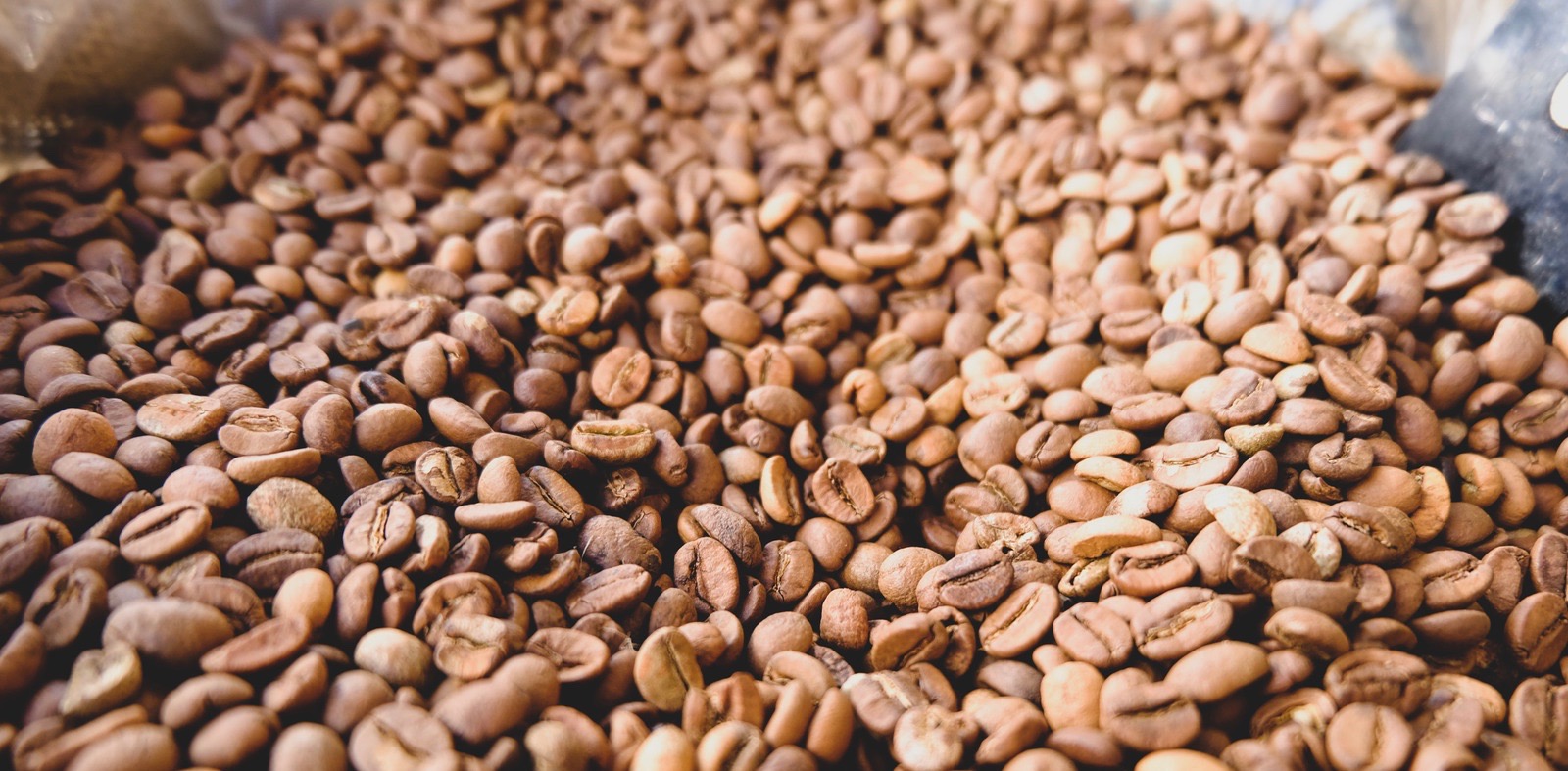
Little Known Facts About Coffee Strength vs. Coffee Roast
Most people confuse coffee strength with coffee roast. A dark roast means increased coffee strength, right? Nope. Think you know the difference between coffee. If you think you know all there is to know about coffee strength versus coffee roast, you may want to check out some little-known facts about coffee strength vs. roast.
1. A Light Coffee Roast Has More Caffeine.
That’s right! Light roast coffee has more caffeine. It’s not a typo. Most people think the lighter color and flavor means less caffeine, but that’s not the case. The longer a coffee is roasted to create a rich, robust flavor, the less caffeine it maintains. When coffee is dark roasted, the bean cracks twice, leaving it lighter and less dense. Light roasted coffee beans maintain more density and naturally occurring caffeine.
2. A Light Coffee Roast is More Complex.
When coffee beans are roasted at a lower temperature for a shorter time, the coffee keeps more acidity and intense flavor that represents its country of origin. On the other hand, a darker roasted coffee boasts the roast profile rather than the true flavor of the bean. A dark roast coffee’s flavor is indicative of the roaster’s ability to create a sweet, decadent taste with a less complex flavor profile.
3. Strong Coffee is Created During Brewing Not During The Coffee Roast.
Contrary to popular belief, coffee strength is determined by the ratio of coffee grinds to water during the brewing process, NOT during the roasting of the coffee. The person behind the coffee pot has the final say in whether the coffee will be strong or weak. It has absolutely nothing to do with the roasting of the coffee beans. Just because a dark roasted coffee may taste bitter, doesn’t mean it’s stronger.
4. Espresso Isn’t a Coffee Roast or Variety of Coffee Bean.
Everyone knows espresso is coffee’s strong cousin, but it has nothing to do with the roast or the bean itself. Espresso gets its strength from the brewing process. Some coffee beans are ground finely to be used in the preparation of espresso, which is created using a high-pressure brewing method with finely ground coffee beans. It can be brewed with light, medium or dark roasted coffee. Any roast can create a delicious cup of espresso when made right. It all boils down to personal preference and has nothing to do with the roast of the coffee.
5. Bold Coffee is Different Than A Dark Coffee Roast.
If your favorite coffee shop sells ‘bold’ coffee, it’s not necessarily made with dark roasted coffee beans. The boldness depends on how the coffee is brewed. For a bold cup of coffee, you’ll need a higher coffee to water ratio when brewing. It’s as simple as that. A bold cup of coffee can be made with light, medium or dark roasted coffee. What makes it bold is the fact that there’s more coffee jammed into that one cup, giving it more caffeine and a stronger flavor.
6. Roasting Shade Grown Coffee Creates Less Acidity
At Camano Island Coffee, we ensure you’re getting the best gourmet coffee online, whether it’s light or dark roasted. We always use the highest quality USDA Certified Organic green coffee beans. The coffee we sell is grown without the use of harmful pesticide, which is healthier for you, the environment and the families that live around the coffee farms.
Growing coffee trees in the shade naturally makes the coffee beans lower in acid. Believe it or not, shade grown coffee contains half the amount of caffeine than regular coffee! So, if you’re looking to buy the best coffee online, you’ve come to the right place. From the Earth to your cup, you can feel good knowing that we’re making a difference in the world with our ethical practices. Each package of Organic Fairly Traded Coffee you purchase from us is organically grown and roasted to perfection for your satisfaction.
BONUS: The Secret To Brewing The Perfect Cup Every time.
So, what’s the secret to brewing the perfect cup every time?
There is not one simple answer but instead a formula.
Personal preference is the key.
- If you like your coffee weaker follow this ratio: 3 Tablespoons per 10oz of water
- If you like your coffee medium strength follow this ratio: 4 Tablespoons per 10oz of water
- If you like your coffee strong follow this ratio: 5 Tablespoons per 10oz of water
